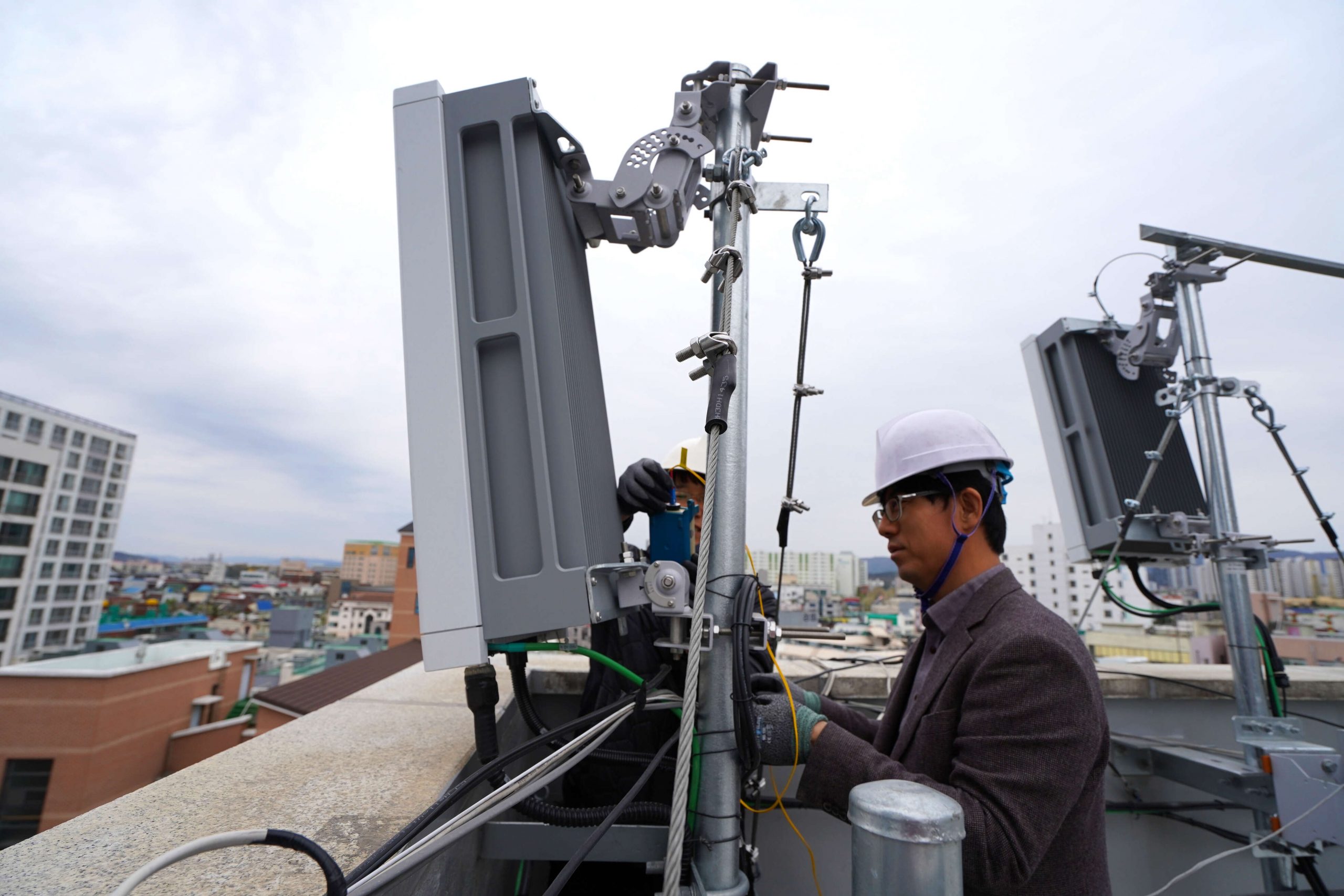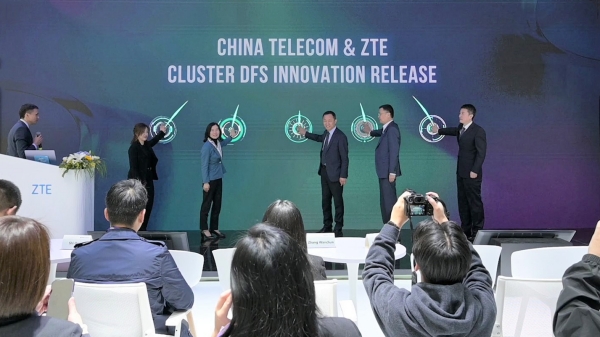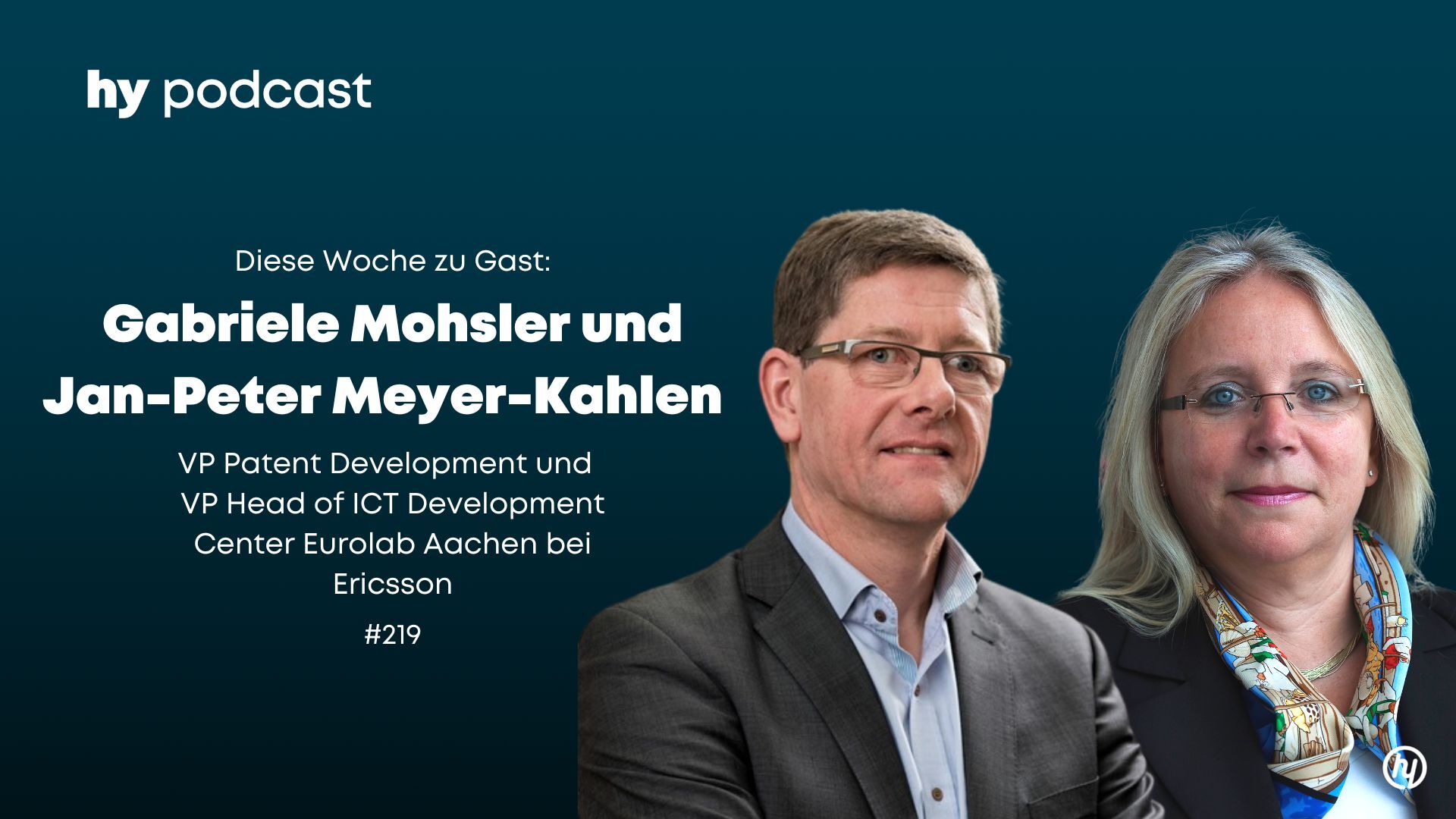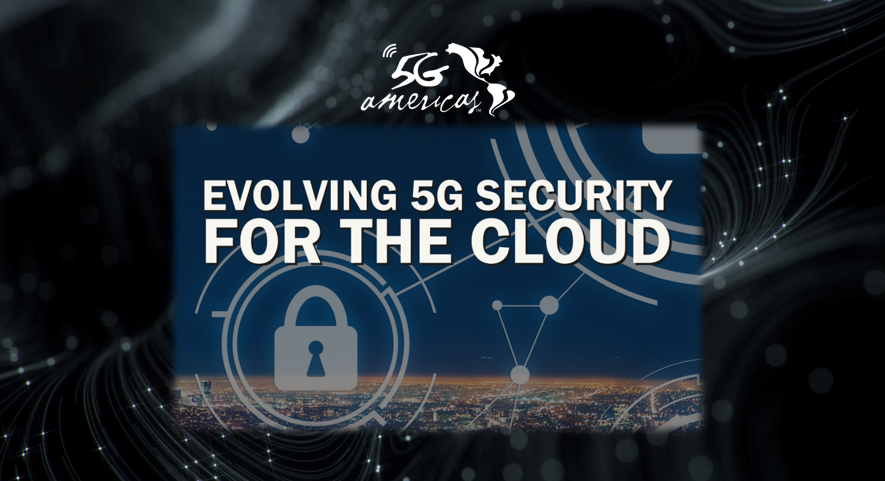The choice is not easy: which task determines whether 5G is the right technology for your own company. (Image: Pixabay)
5G as the savior, the great leap into the future, digital mobility without borders – currently hardly a day goes by without 5G presence in the news. Public consideration, fueled by American politics, mostly revolves around Huawei and security. However, other aspects are much more important, such as the benefits of 5G for medium-sized German companies. This article clarifies when and where the use of 5G makes sense.
By Kenan Seba
It will be some time before the benefits of 5G reach the end user. As is well known, the nationwide 5G network expansion by the mobile phone providers takes time; here users have to be patient for a good half a dozen years. While not much will change for the large mass initially, 5G does have the potential to cause radical change and upheavals in industry. For many it is clear: industrial companies of all stripes will benefit from the 5G promises.
While this quickly makes sense for DAX giants and corporations such as Audi, BASF, Bosch, BMW, Daimler, Deutsche Messe, Fraport, Porsche, Siemens or VW, in many places there is a lack of belief that the same applies to medium-sized companies. The questions are justified: Does a family business in waste management need 5G? Does a carpenter’s company need a mobile network? Or thought two numbers bigger: Is a supplier like the Schaeffler Group adequately equipped for the digital future without the promises of the next generation of mobile communications?
Saying Goodbye to Previous Models of Thought
In order to approach the answer – or rather the answers – to these questions, we should first break away from traditional classifications. In an age in which planning horizons and trends are shortened to half-yearly frequencies, the usual thinking models does no longer apply any more. This is valid not only to industry and technology, but to all areas of society. In the past there were clearly recognizable epochs such as Romanesque, Gothic, Renaissance or Art Nouveau, but no clear classification is no longer evident today. Our previous orientation models no longer apply. We have to rethink! We have to learn to focus on new and the actual and essential points of orientation.
Use cases are a frequently used as aid for orientation. But be careful, placing a bevy of employees on the possible benefits of a particular topic will certainly produce results – for the time being, however, only generate reactive power. Metaphorically speaking: The use case of transporting a crate of beer to a lake is initially independent of the transport technology and solely dependent on the circumstances and the needs. If the lake is 10km away, a car is needed. But if this is around the corner, a wheelbarrow is also sufficient for transport. The first “Lesson learned” that needs to be internalized: The use case is always there, regardless of the underlying technology. In other words, the technology required is transparent to the use case. The orientation points and characteristics of your own attention and analysis are to be directed solely to your own circumstances and needs.
From this point of view, it can be seen that the question of whether medium-sized companies or DAX companies fade to insignificance. The question of whether digitization is important and necessary for small and medium-sized businesses is generally not questioned. It follows that 5G is also justified for small and medium-sized companies if the self-analysis allows this conclusion.
“Those who know others are smart. Those who know themselves are wise”.
Laotse
So how do I know that I need 5G?
The additional benefits of 5G are beyond question. The new mobile radio standard promises a millisecond latency, up to one million devices per square meter and data rates of 100 Mbit/s. The example of latency makes it clear that this benefit of 5G will probably only come into play in the rarest of cases. Real-time communication is rarely required, except for applications such as autonomous driving or the operation of drones. In fact, in the perception of the industry, many applications could also be fulfilled via Wi-Fi. The following aspects of your own needs help in concrete terms with your own opinion formation.
Do I need in my company and areal …
… Mobility without interruptions?
The inherent property of mobile radio networks to enable mobility without disconnections (comprehensive network is required) can be insufficiently represented in a Wi-Fi network and only with occasional breaks in the connection (best effort). If data communication without interruptions is of great importance in your own environment, mobile communications is the first choice and thus 5G as the current state-of-the-art technology.
… Reliable transmission of data without jitter and time delay?
A cellular network transmits the data in very small, reliable, periodic time slices of the same length in the upper 2-digit µs range. With 5G, data is reliably transmitted in the 1-digit µs range when millimeter waves around 24 GHz are used. Due to its conceptual approach, Wi-Fi cannot enable reliable and therefore jitter-free data transmission (best effort). If this aspect is also very important in your own operating environment, 5G technology is preferable to Wi-Fi.
… guaranteed resources for data, service and quality classes without eating up between the classes (jeopardizing)
New in 5G is network slicing, which provides selected devices or users in the campus network with a virtual e2e network. The resources provided for this cannot be used up by another slice. This ensures that assigned resources are certainly available. In the 5G environment, quality of service actually means quality of service. In contrast to Wi-Fi, which is based on the IP protocol and is based on the QoS mechanisms available for the IP protocol, these are also best effort approaches due to the nature of this protocol.
In addition to the QoS effect, network slicing is also a competitor to the V-LAN mechanism. While devices and users of virtual networks can be integrated into Wi-Fi-based IP networks with IP network planning, subnet masks, etc., this is easily done in 5G networks by assigning the device or user to a slice via the subscriber database.
Taking these criteria into account helps to answer the question of how far a 5G network makes sense in your own company or not. In the second part of the article (coming soon) you will read further, softer, but therefore not unimportant, criteria for the importance of 5G for your company, including interaction and network infrastructure.
Link to the second part of this article.
To the author
Dipl.-Ing. Kenan Seba is a communications engineer and certified project manager. He started his active career in mobile communications in 2001 as a product manager at Siemens Mobile. Six years later, he founded his own company SEBA Consulting for advice and interim management in the areas of mobile communications, landline networks and Internet technologies. In this role, he worked on various projects for Huawei, Nokia, Vodafone, Deutsche Telekom, Telefónica O2, BMW and the Fraunhofer society, with a focus on rollout of mobile networks, landline modernization or fiber optic relocation. In this context, he leads outsourced business areas, creates and optimizes business processes, evaluates and analyzes 5G solutions and systems. By analyzing 5G systems and solutions, Kenan Seba is one of the few manufacturer-independent 5G experts.









Leave A Comment